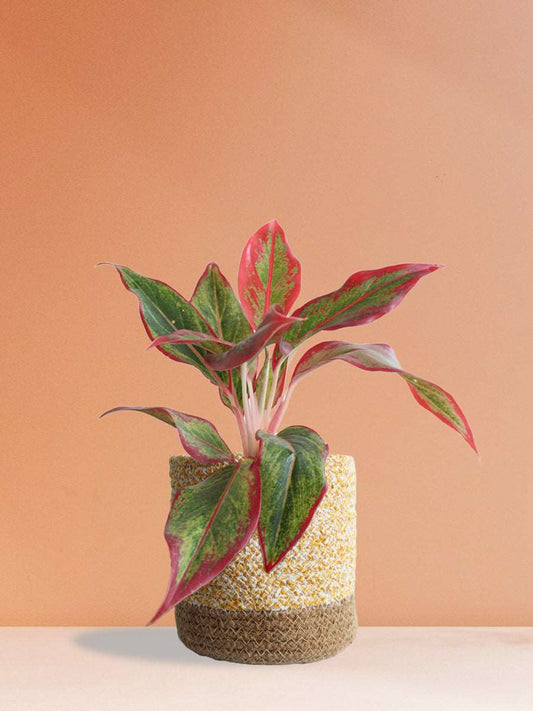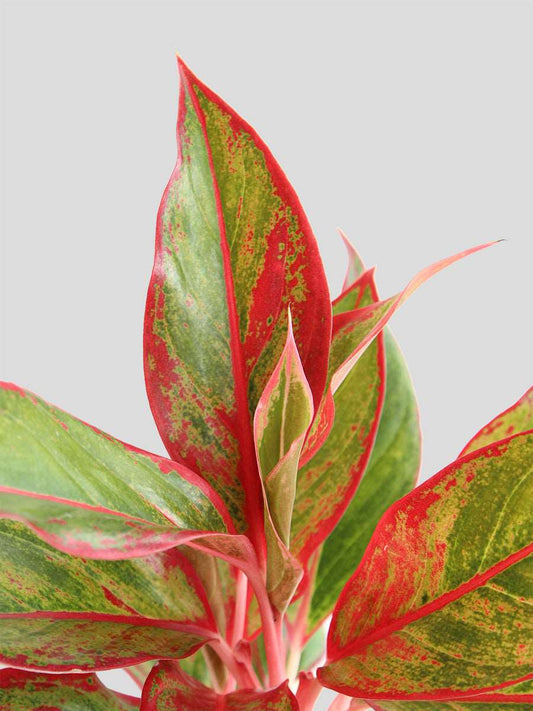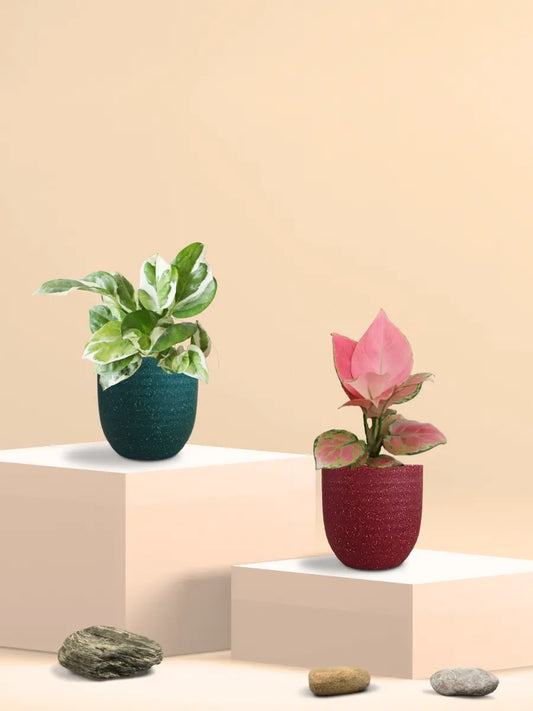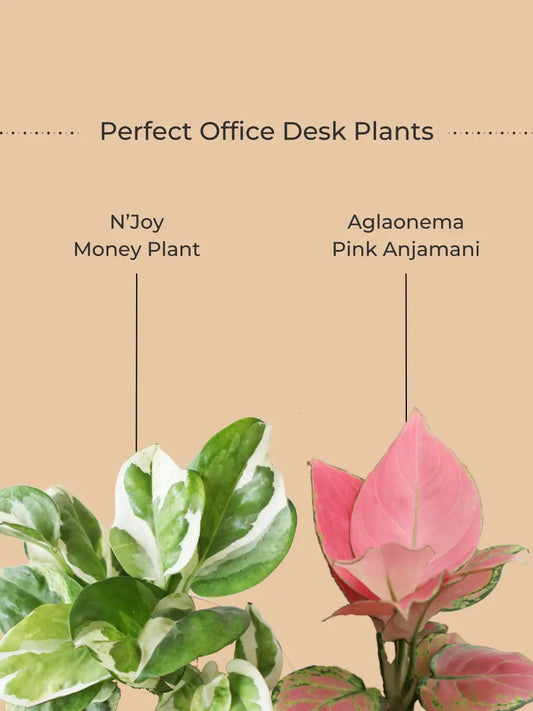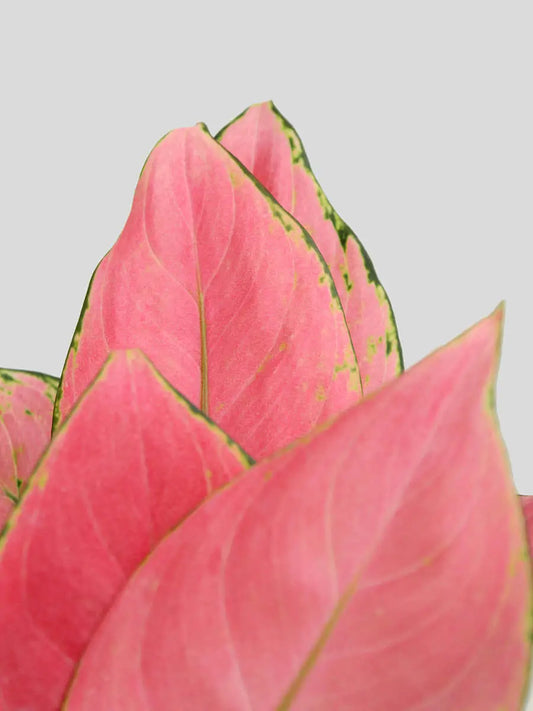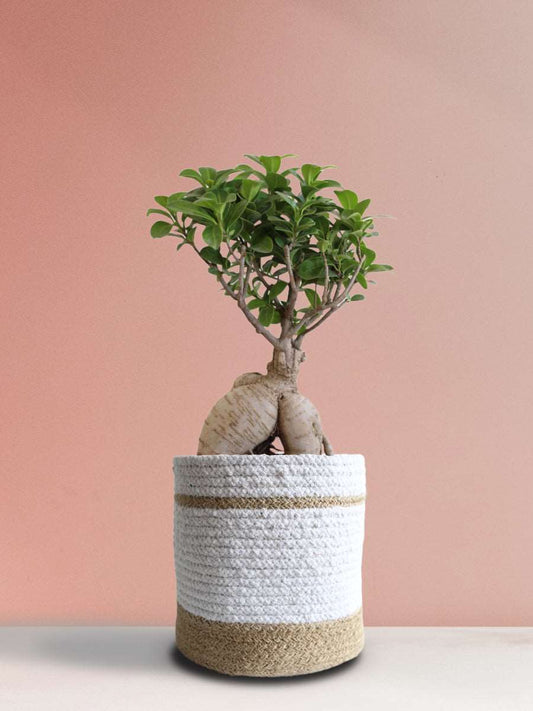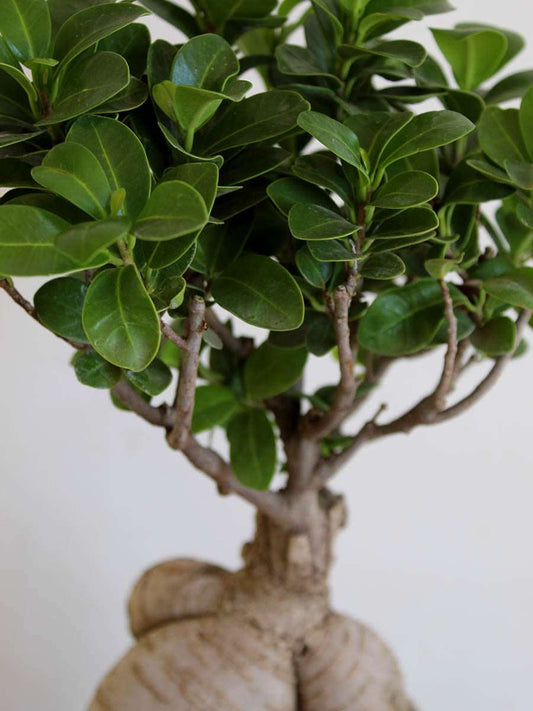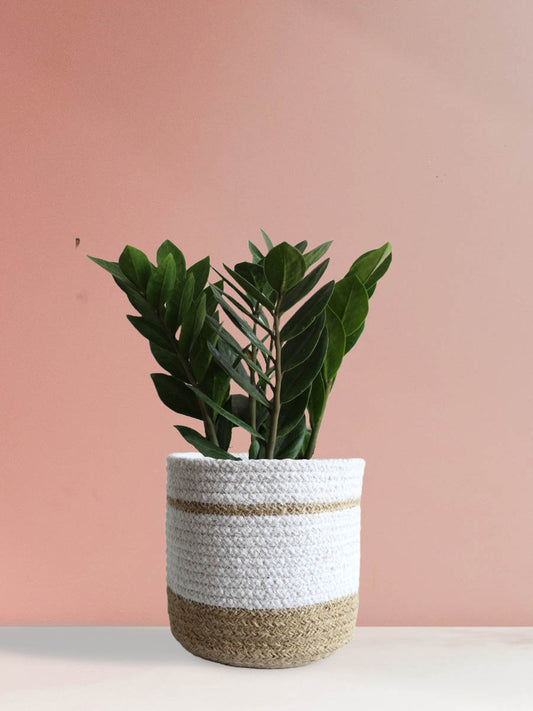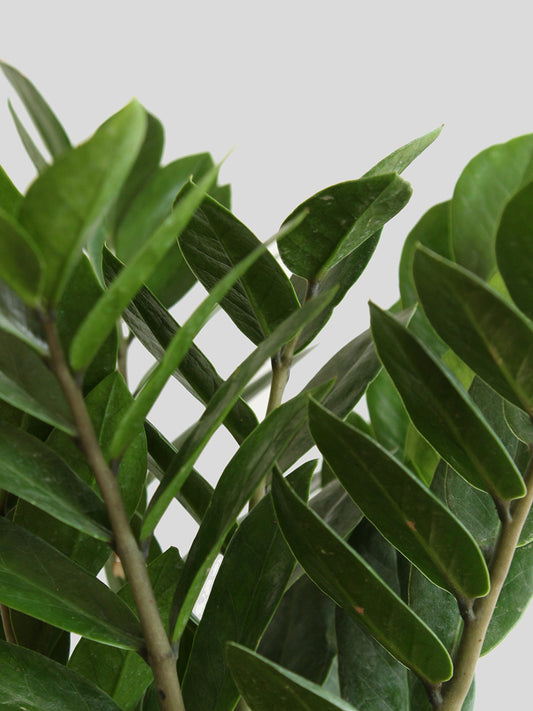Ultimate Guide of Madhumalti Plant
Welcome to the world of the Madhumalti plant (Rangoon Creeper or Burma creeper), where elegance and fragrance blend in perfect harmony.
The Madhumalti (Quisqualis indica Linn) is a magnificent flowering plant with significant cultural meaning in India. Its name in Hindi means "sweet jasmine," and its flowers are exquisite and fragrant. When the buds of the Madhumalti plant bloom, the white petals gradually turn pink and finally a rich, passionate scarlet.
This plant is not only beautiful, but it also has many health & Vastu benefits. Let's learn about everything about the Madhumalti Plant here.
How to grow Madhumalti plant?

Here are the steps you need to take to grow a Madhumalti plant:
1. The first Step is to take cuttings:
Plants & vines rarely generate seeds, therefore stem cuttings are the ideal option for propagation. To ensure success, collect healthy cuttings (cuttings should be around 4-5 inches tall & free of flower buds) & store them in a moist but not dripping tray.
2. The second step is to get the pot ready:
Get a pot that's six inches in diameter, drill a hole in the bottom, & fill it with high-quality potting soil & a bit of water to make it moist; this will be the home for your indoor plants.
3. Third Step is to administer a rooting hormone:
Next, make sure to only dip the bottom of the cuts in the rooting hormone. This accelerates the root formation process.
4. The fourth step is to Planting:
The cuttings should be planted in soil so that two of the leaf nodes are visible and one is covered. They should then be given plenty of water. For best results, put the pot in a spot that receives adequate indirect sunlight and provide water to the plant at least twice a day.
Also Check This: Ceramic vs. Terracotta Pots Best For Your Plants
How to care for madhumalti plants?

The following recommended maintenance steps to care for Madhumalti plants include:
1. Soil Requirement:
Madhumalti plants thrive in normal soil, which is well-draining & has a normal pH, & can be grown in various types of soil, making it suitable for their growth.
2. Sunlight Needs:
Madhumalti plants require 6-8 hours of bright, direct sunlight daily, which is ideal for their growth and colorful blooms.
3. Watering Routine:
Regular watering is important for the Madhumalti Plant, especially in the summer & every two days when it's cold weather. They survive in both dry & wet conditions, although a consistent watering schedule is best for their growth & blooming.
4. Temperature & Humidity Maintenance:
Madhumalti Plant thrives best in 15-40°C in a warm, humid conditions (in temperate, tropical, & sub-tropical regions). The plant can also survive in cold enviroment but shed leaves. To maintain the plant growth, keep them away from harsh cold drifts temperature during winters.
5. Fertilization Timing:
The Madhumalti plant needs little nutrient supplementation, so use a well-balanced organic fertilizer or compost during its growth phase. Avoid nitrogen-rich fertilizers, which may cause excessive foliage growth.
6. Growth Potential Knowledge:
Madhumalti plant is a vine that grows from 7 to 15 centimeters long and 2.5 to 8 meters wide. Its leaves are oval with a pointy tip and a round base.
7. Challenges With Pests & Other Issues:
Madhumalti plants are not susceptible to pests or diseases, but they may be attacked by caterpillars or scales. They can be managed manually or with mild pesticides. Overwatering can cause root rot, so avoid overwatering & waterlogging to prevent root rot.
Also Check This: Best Positive Energy Plants for Home & Office
What are the benefits of the madhumalti plant?

There are many Vastu & health benefits of Madhumalti plant in addition to its aesthetic appeal, including:
Vastu Benefits of Madhumalti Plant
Plants & trees, according to Vastu Shastra (an Indian architectural system) can significantly affect the energy & harmony of a living space. The beautiful flowering vine Madhumalti can offer many vastu benefits if it is planted & looked for properly.
According to Vastu, the ideal locations for the Madhumalti plant are in the east, north, or northeast. The significance of the plant's optimal location is that its vibrant & fragrant blooms can contribute to positive energy flow, improve the aesthetics, & even provide a calming effect.
Health Benefits of Madhumalti Plant
1. Threautical Benefits of Madhumalti plant’s leaves:
Madhumalti plant’s leaves have been used pharmaceutically for generations to cure several conditions. Traditional medicine has made use of one of these—the capacity to lower inflammation—for a long time.
Anecdotal evidence shows the leaves may have a positive effect on blood sugar levels, but there has been no systematic examination of their therapeutic effects. Diabetics should consult their healthcare provider before beginning treatment using Rangoon Creeper leaves.
Skin issues like rashes, itching, & irritation have also been treated topically with the leaves. Their calming, anti-inflammatory qualities may be beneficial to skin health & pain management.
The leaves can also be used for other purposes, such as making a tea for the treatment of dysuria (painful urination) or by extracting juice from them & applying it to the forehead to alleviate headaches.
Since scientific research on its medical benefits is limited, healthcare professionals & herbal medicine experts should be consulted before utilising the plant.
2. Threautical Benefits of Madhumalti Plant’s Dried Seeds:
If you suffer from intestinal worms or parasites, try using dried Rangoon Creeper seed. Dried Rangoon Creeper seed is effective in killing & expelling worms & other parasites from the digestive tract.
3. Threautical Benefits of Madhumalti Plant’s Fruits:
The ripe, roasted fruits of the Rangoon Creeper are useful for treating diarrhea, fever, & inflammatory kidney diseases including nephritis.
Other Health Benefits of Madhumalti Plant
Madhumalti plant has possible health advantages not just from its leaves, but from the entire plant. These benefits are:
The bright flowers of the Madhumalti plant can beautify your home or garden. Its sweet scent may relax and uplift, making it a good plant for space ambiance. Madhumalti plant also absorbs carbon dioxide and releases oxygen to purify the air, boosting health.
Also Check This: Breathe Easy: 11 Best Indoor Plants For Oxygen
Conclusion
Growing & caring the Madhumalti plant in a home garden enhances the aesthetic appeal & brings a sense of tranquility with its sweet fragrance. The plant's unique beauty & adaptability make it a valuable addition to any garden.






